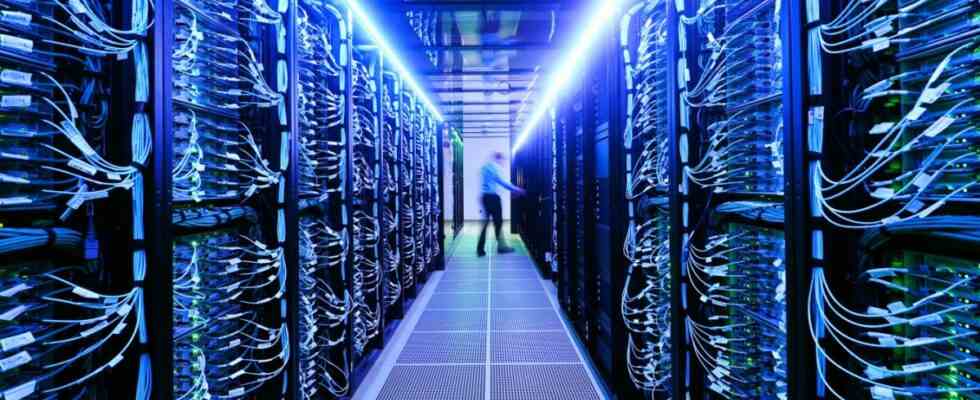Digital technologies are either demonized or seen as a savior. Sometimes they are the dreaded job killer when artificial intelligence is supposed to make human action and thinking superfluous. Or they are the solution to overcoming ecological crises, for example when video conferences replace business flights. But what about the savings potential? How sustainable is the current state of digitization? Because the consumption of resources is immense: eight to ten percent of global electricity consumption is attributable to the manufacture and operation of digital devices.
In an interdisciplinary research project, 15 scientists tried to find out how this can be improved. They now have their results in the study “digital reset” was published. The work was financed by the Robert Bosch Foundation.
When presenting the study, Tilman Santarius, professor for socio-ecological transformation at the TU Berlin and one of the main authors, emphasizes that the thirst for electricity will continue to grow: consumption for the use of digital devices alone is expected to increase by 50 to 80 percent by 2030. And this growth does not only serve to reduce the digital divide, i.e. that more people in the “global south” can enjoy digital devices and services. Because demand is increasing, especially in the USA, Japan, Europe and Australia
Behind this is the business model of big tech companies such as Alphabet (Google), Meta (Facebook), Amazon, Microsoft and Apple, according to Santarius. Because they want users to spend more and more time on the platforms and with their online services. For the report, the scientists looked at the climate goals of the companies, which often present themselves as pioneers. “None of the big tech companies is on a development path that is compatible with the 1.5 degree Paris target,” says Santarius. The analysis shows that the energy consumption of Alphabet and Meta has roughly tripled in the last five years.
“It’s not enough to make the unsustainable status quo more efficient”
The energy intensity of the digital economy is increasing and this is contributing to the worsening of the ecological crises, says Santarius. That’s why a reorientation is needed. “It’s not enough to make the unsustainable status quo more efficient.” Rather, one must combat the causes of the current high consumption.
To this end, the scientists recommend various strategies aimed at consumers, business and politics. The aim is to reduce the ecological footprint of digital devices. Of course, one has to demand that the electricity comes from renewable sources when new data centers are built. In addition, the waste heat must also be used sensibly – keyword “circular economy”. In addition, mobile phones, smartphones and laptops have to be used longer and therefore be repairable. Because with a smartphone, 80 percent of the energy consumption is used for production alone, and the other 20 percent for the usage phase. With every year that the device lasts longer, a contribution is made that goes far beyond increasing the efficiency of the processors, graphics cards or batteries. In addition, IT developers should be required to report on the energy consumption and emissions of their new applications.
Tilman Santarius says: “The focus should not only be on efficiency, but on sufficiency, i.e. moderation and moderate use of digitization.” According to the authors of the study, one solution is, for example, to change the business model from selling hardware to renting the devices. In addition, there is a need to reflect on how much digitization is actually necessary.

